Shell beads found in a cave in Morocco are at least 142,000 years old. The archaeologists who found them say they're the earliest known evidence of a widespread form of human communication.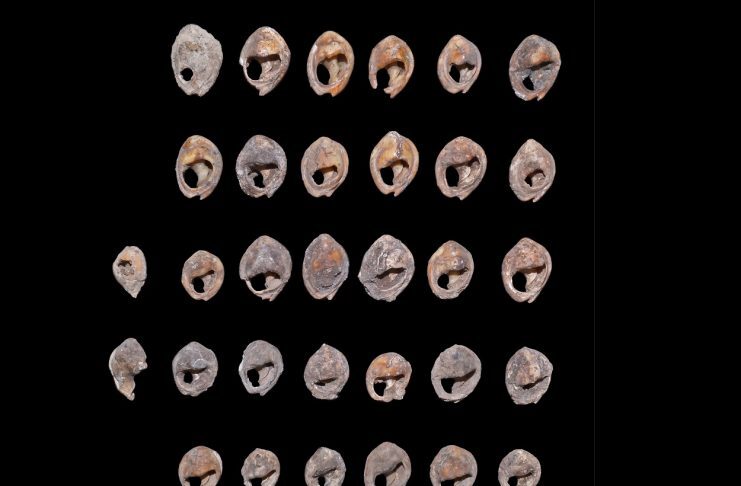
© A. Bouzouggar, INSAP, Morocco
The necklace, nametag, earrings or uniform you chose to put on this morning might say more than you realize about your social status, job or some other aspect of your identity.
Anthropologists say humans have been doing this - finding ways to communicate about themselves without the fuss of conversation - for millennia.

© University of ArizonaSteven L. Kuhn
But shell beads recovered from a cave in western Morocco, determined to be between 142,000 and 150,000 years old, suggest that this behavior may go back much farther than previously thought. The
finding, detailed Wednesday in the journal
Science Advances, was made by a team of archaeologists that includes
Steven L. Kuhn, a professor of
anthropology in the University of Arizona
College of Social and Behavioral Sciences.
The beads, Kuhn and his colleagues say, are the
earliest known evidence of a widespread form of nonverbal human communication, and they shed new light on how humans' cognitive abilities and social interactions evolved.
"They were probably part of the way people expressed their identity with their clothing," Kuhn said. "They're the tip of the iceberg for that kind of human trait. They show that it was present even hundreds of thousands of years ago, and that humans were interested in communicating to bigger groups of people than their immediate friends and family."
How does this ancient form of communication show up today? It happens often, Kuhn said.
"You think about how society works - somebody's tailgating you in traffic, honking their horn and flashing their lights, and you think, 'What's your problem?'" Kuhn said. "But if you see they're wearing a blue uniform and a peaked cap, you realize it's a police officer pulling you over."
Kuhn and an international team of archaeologists recovered the 33 beads between 2014 and 2018 near the mouth of Bizmoune Cave, about 10 miles inland from Essaouira, a city on Morocco's Atlantic coast.

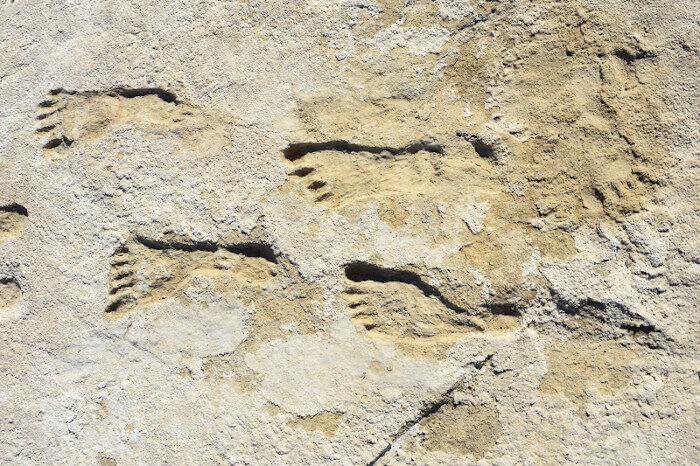


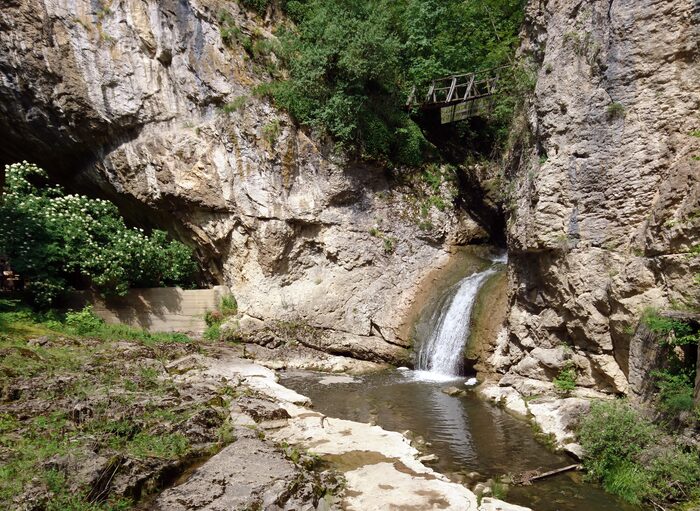

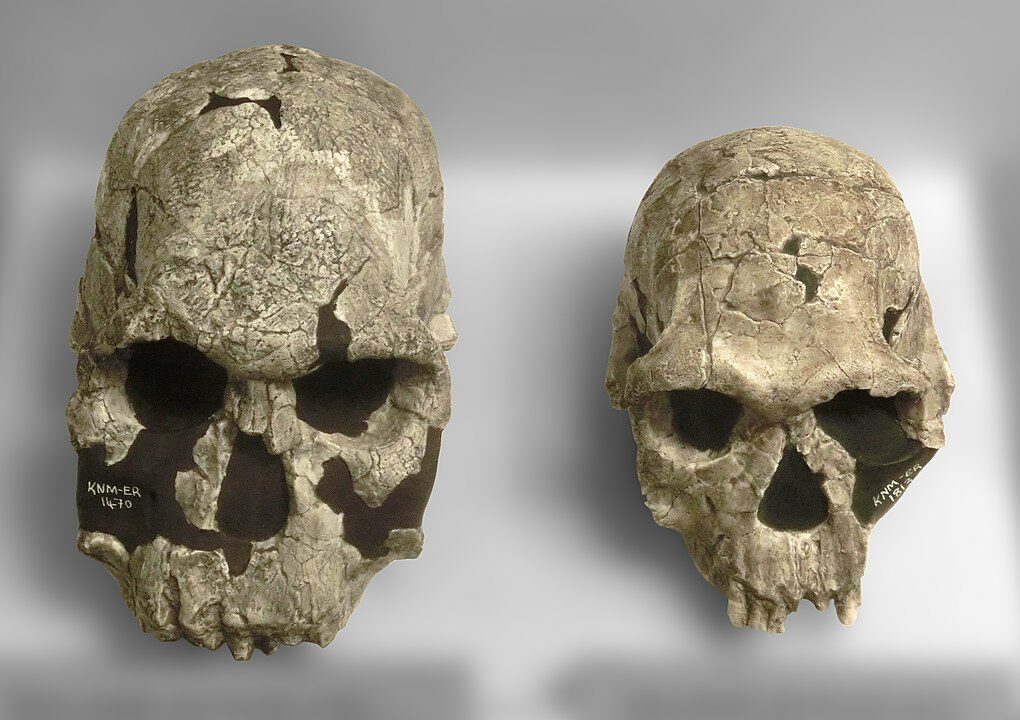
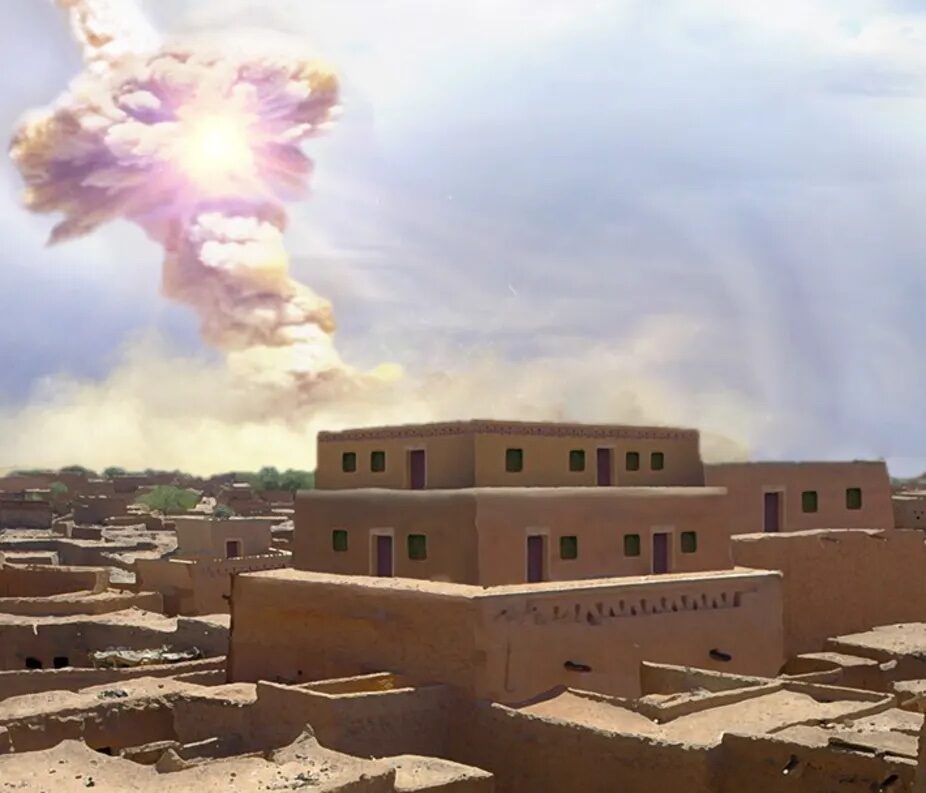
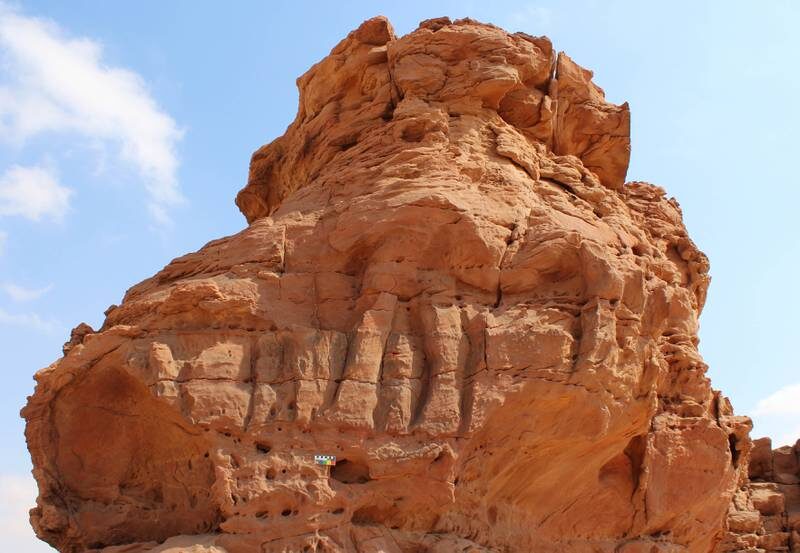
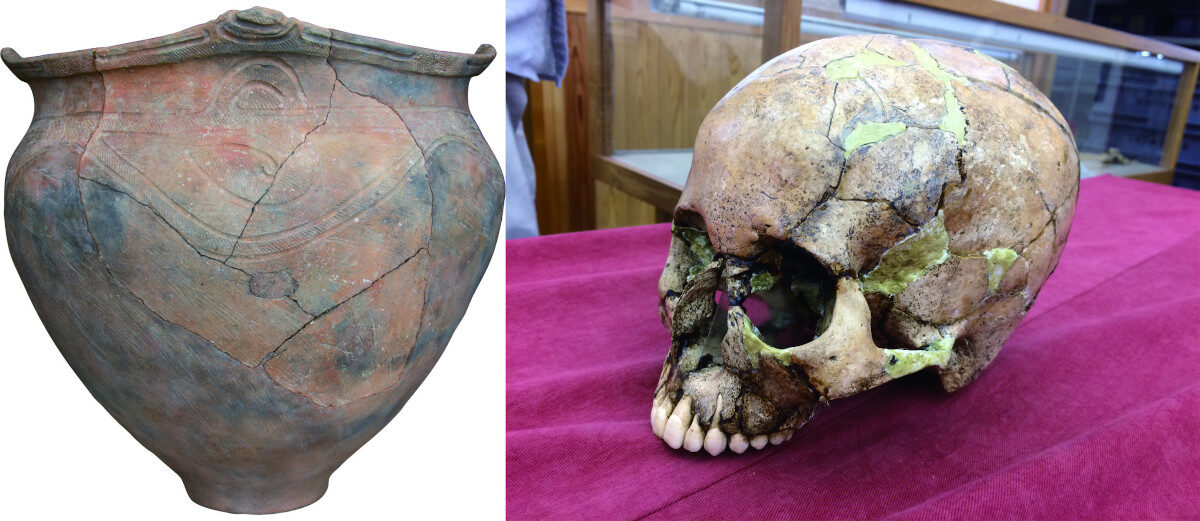
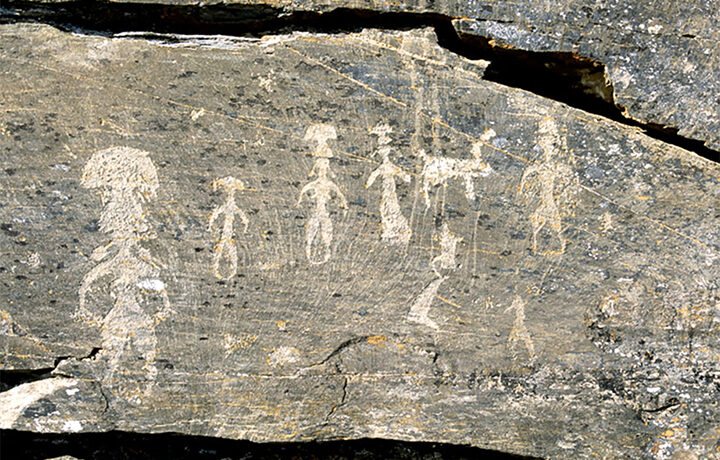



Comment: See also:
- Debacle, Inc.: How Henry Kissinger helped disorder the world
- 65 Years Ago This Week: The 1953 Iran Coup - A Crime Authored in London And Washington
- Psychopath in the wings: Son of Shah revealed the Machiavellian Masterplan to overthrow the democratically elected government of Iran in 2006
And check out SOTT radio's: Behind the Headlines: Confessions of an Economic Hitman: Interview with John Perkins